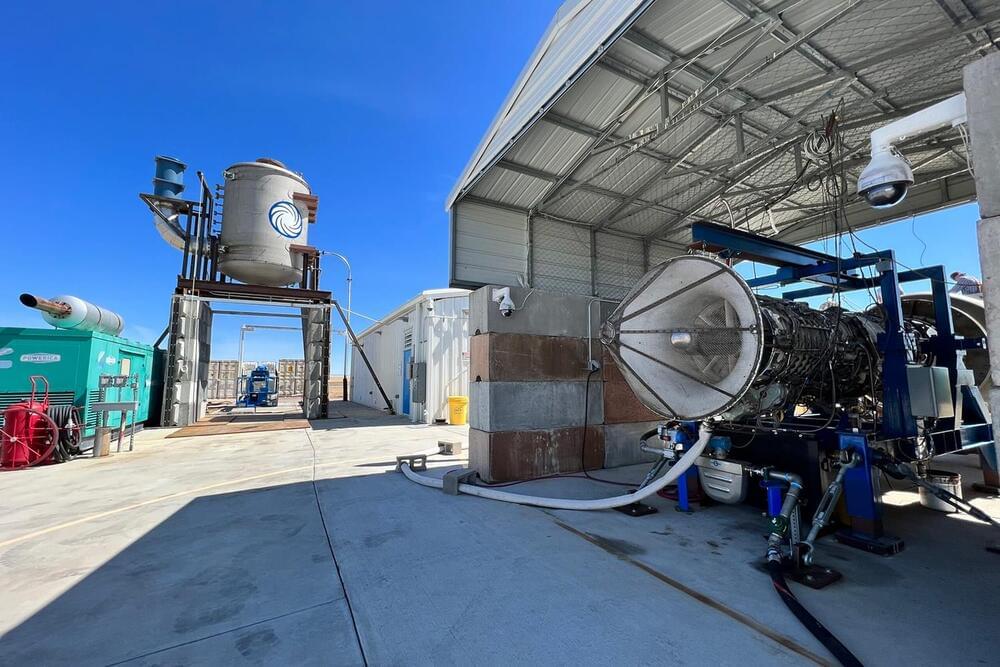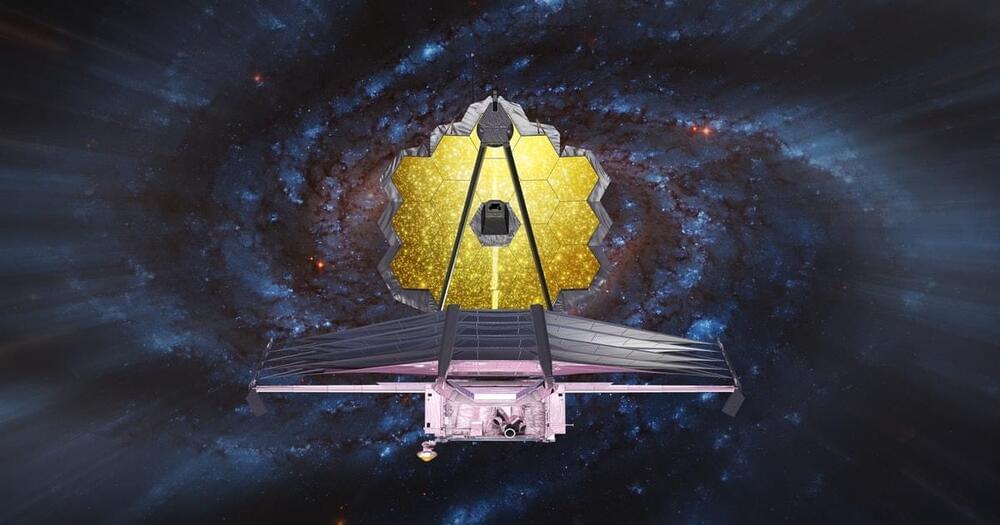Jul 11, 2022
Elusive exotic matter called a tetraneutron possibly seen in the lab
Posted by Shubham Ghosh Roy in category: futurism
Twenty years ago, researchers saw hints of the existence of a type of exotic matter made of four neutrons. Now, researchers have found the clearest evidence it exists yet.

















